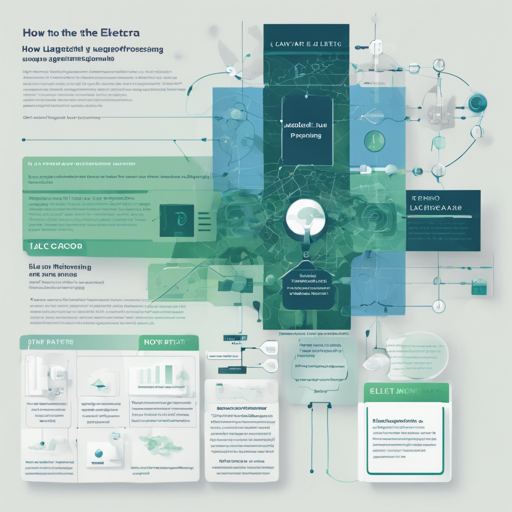In the ever-evolving world of natural language processing (NLP), the ELECTRA model stands out as a powerful tool for efficiently training transformer networks. In this article, we will explore how to set up and use the ELECTRA base generator model for language tasks, specifically focusing on its application with the Spanish language corpus.
Understanding the ELECTRA Model
The ELECTRA model is not just another transformer model; it introduces a fresh approach to self-supervised language representation learning. Imagine a game of “guess the word,” where instead of only completing the missing word, the model actively distinguishes between real and fake input tokens. This is akin to a game where one team (ELECTRA) seeks to identify fake news among real stories, making it a robust player in the field of NLP.
Setting Up Your Environment
Before we dive into using the model, ensure you have the following prerequisites:
- Python installed on your machine
- The Transformers library by Hugging Face
Quick Installation
To use the model, you can install the Transformers library via pip:
pip install transformersUsing the ELECTRA Model for Language Tasks
Here’s a quick example demonstrating how to utilize the ELECTRA base generator model:
from transformers import pipeline
fill_mask = pipeline(
"fill-mask",
model="mrm8488/electricidad-base-generator",
tokenizer="mrm8488/electricidad-base-generator"
)
result = fill_mask("HuggingFace está creando [MASK] que la comunidad usa para resolver tareas de NLP.")
print(result)In this example, we’re leveraging the fill-mask task to see how well ELECTRA can predict the masked word “herramientas” in the context of the sentence.
Analyzing the Output
Upon running the example code, you should receive an output revealing the most probable word to fill in the blank, along with a confidence score. This makes ELECTRA an excellent choice for applications like text completion and semantic understanding.
Troubleshooting
If you encounter issues while setting up or running the model, here are some tips to help you resolve them:
- Ensure that you have installed the latest version of Python and the Transformers library.
- Double-check that your internet connection is stable, as the model downloads necessary resources from the Hugging Face repository.
- For GPU users, make sure you have the correct CUDA drivers installed.
For more insights, updates, or to collaborate on AI development projects, stay connected with fxis.ai.
Conclusion
The ELECTRA model is not only powerful but also versatile for various NLP tasks. By understanding its foundation and setup, you can enhance your language processing capabilities significantly.
At fxis.ai, we believe that such advancements are crucial for the future of AI, as they enable more comprehensive and effective solutions. Our team is continually exploring new methodologies to push the envelope in artificial intelligence, ensuring that our clients benefit from the latest technological innovations.

